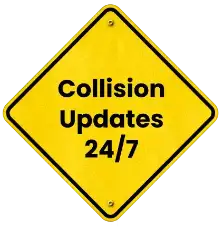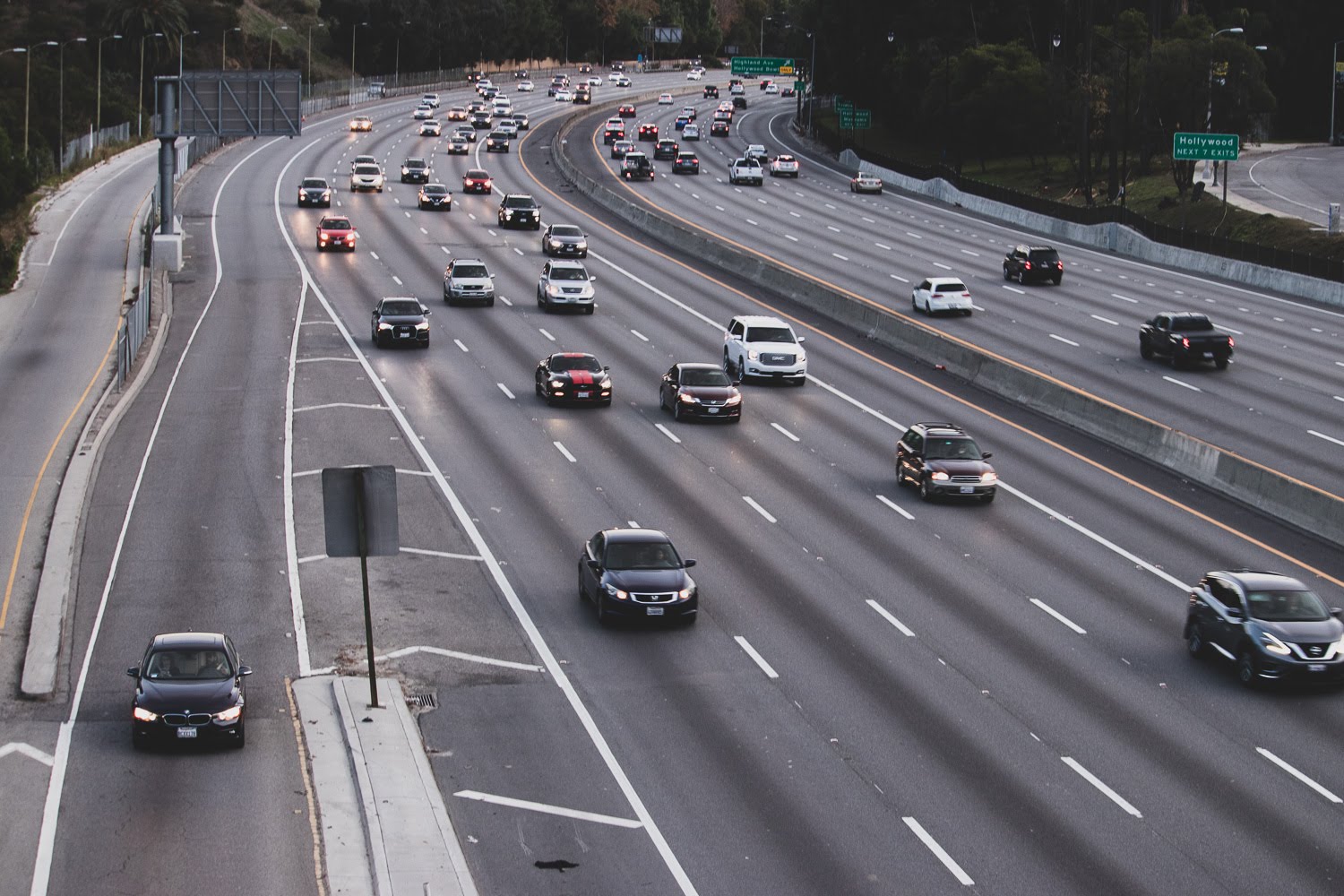
How Congestion Affects Emergency Lanes on I-20


Interstate 20 (I-20) stretches over 1,500 miles, serving as a vital east-west corridor for both commercial and commuter traffic. Yet, as population centers along the route continue to grow, congestion has become a daily challenge. During peak hours and in accident zones, heavy traffic frequently spills onto the shoulders. The result is a recurring and dangerous issue: congestion in emergency lanes on I-20, conditions that delay lifesaving assistance and worsen crash outcomes. Understanding how blocked emergency lanes impact emergency response and exploring realistic solutions is essential to improving safety along this major highway.
The Function and Importance of Emergency Lanes
Emergency lanes, or shoulders, serve as a critical buffer between moving traffic and roadside hazards. Designed primarily for breakdowns and emergency response, these lanes allow ambulances, fire trucks, and police vehicles to reach crash sites quickly. On a high-speed corridor like I-20, these lanes are not optional conveniences but essential safety infrastructure.
When traffic congestion forces drivers into emergency lanes, the results can be catastrophic. Paramedics, tow operators, and highway patrol officers depend on clear shoulders to access accidents safely. Every minute lost navigating around vehicles can translate into lost lives, especially in severe collisions involving ejections, fires, or medical trauma.
According to the Federal Highway Administration (FHWA), clearing crash scenes quickly not only saves lives but also reduces the risk of secondary collisions, which account for roughly 20% of all highway accidents. Keeping emergency lanes unobstructed is, therefore, one of the simplest and most effective forms of crash prevention on interstates like I-20.
How Congestion Blocks Emergency Access
In many parts of I-20, lane density during rush hour can exceed the roadway’s intended capacity. When accidents or breakdowns occur, stalled vehicles often shift toward the shoulder to avoid being struck by approaching traffic. This chain reaction quickly blocks emergency access, creating a blocked EMS highway scenario that can paralyze response operations.
Drivers sometimes use shoulders to bypass stalled traffic, either to exit or merge ahead. While often done out of impatience or confusion, these actions have serious consequences. Emergency vehicles may be forced to slow down, move into live lanes, or approach from the opposite direction, dramatically increasing response times.
The weather further compounds the problem. Rain or ice storms frequently cause minor crashes that line the shoulder with disabled vehicles, leaving first responders with limited space to operate. On elevated bridges or narrow rural sections, emergency lanes may disappear entirely, forcing rescuers to halt traffic in both directions just to reach victims.
Common Scenarios on I-20
Blocked emergency lanes occur under several recurring conditions along I-20:
- Multi-vehicle collisions that spill across lanes, forcing wreckage into the shoulders.
- Breakdowns during congestion, where drivers stop on shoulders rather than exit ramps.
- Rubbernecking slowdowns, where onlookers block the shoulder to film or observe crash scenes.
- Construction zones that temporarily remove shoulders for lane expansions or repaving.
These incidents not only impede emergency response but also endanger stranded motorists. Vehicles parked partially on the shoulder remain exposed to high-speed traffic, and secondary crashes are common. When ambulances or fire trucks finally reach the site, they often face limited maneuvering space and longer patient transfer times.
The Human Cost of Delayed Response
Minutes matter in highway emergencies. Medical research shows that trauma victims have the highest survival rates when treated within the first “golden hour.” However, when traffic congestion delays emergency vehicles by even 10 minutes, the chance of survival drops sharply for those with life-threatening injuries.
For firefighters, blocked shoulders pose additional hazards. When fuel leaks or vehicle fires occur, every second counts. Delayed access allows flames to spread, increasing the risk of explosions and endangering both victims and responders. Tow trucks and maintenance crews face similar delays, extending closure times and exacerbating overall congestion.
Enforcement and Engineering Solutions
Solving congestion emergency lane I-20 issues requires a combination of enforcement, design innovation, and driver education. Law enforcement agencies already conduct periodic patrols to cite drivers using shoulders illegally, but the vast expanse of I-20 makes consistent enforcement difficult. Technology offers a more scalable solution.
Several states are testing shoulder detection systems using cameras and radar sensors to alert dispatchers when a lane is obstructed. Smart-corridor initiatives, similar to those implemented on parts of I-70 and I-35, could allow traffic management centers to reroute vehicles automatically or open temporary emergency pathways for first responders.
In addition to technology, design improvements such as dedicated emergency pull-offs could reduce congestion during breakdowns. Clearer signage and road markings reminding drivers that shoulders are for emergencies only may also deter misuse.
Driver Responsibility and Public Awareness
Individual driver behavior remains the biggest variable in keeping emergency lanes clear. Educating drivers through public campaigns, road signs, and social media reminders can reinforce this life-saving message.
To minimize the chance of obstructing emergency access, drivers should:
- Stay in lane unless directed by law enforcement or emergency personnel.
- Move to the right when sirens approach, allowing emergency vehicles a clear path.
- Avoid driving on shoulders unless directed during an official detour or evacuation.
When a crash occurs ahead, patience is crucial. Aggressive lane-changing and shoulder driving only worsen congestion and create additional hazards for first responders.
If you or someone you know has been injured because of a delayed emergency response or a major highway crash, we can connect you with an I-20 car accident lawyer who can review your case, explain your legal options, and help you pursue compensation for your injuries and losses.
Looking Ahead: Building a Safer I-20
The challenge of keeping I-20’s emergency lanes clear reflects a broader issue across U.S. interstates: increasing traffic volumes and aging infrastructure. As states work to modernize I-20 with smart sensors, wider shoulders, and improved traffic management systems, drivers must do their part by following the rules that protect everyone on the road.
Blocked shoulders delay recovery, extend closures, and increase the chance of additional collisions. Preventing blocked EMS highway scenarios requires coordination between technology, enforcement, and driver cooperation.
Whether you’re traveling through Atlanta’s gridlock, Birmingham’s construction zones, or the open stretches of West Texas, the principle is the same: keep the emergency lanes clear.

